Why the Bogliones are getting rid of their glassware
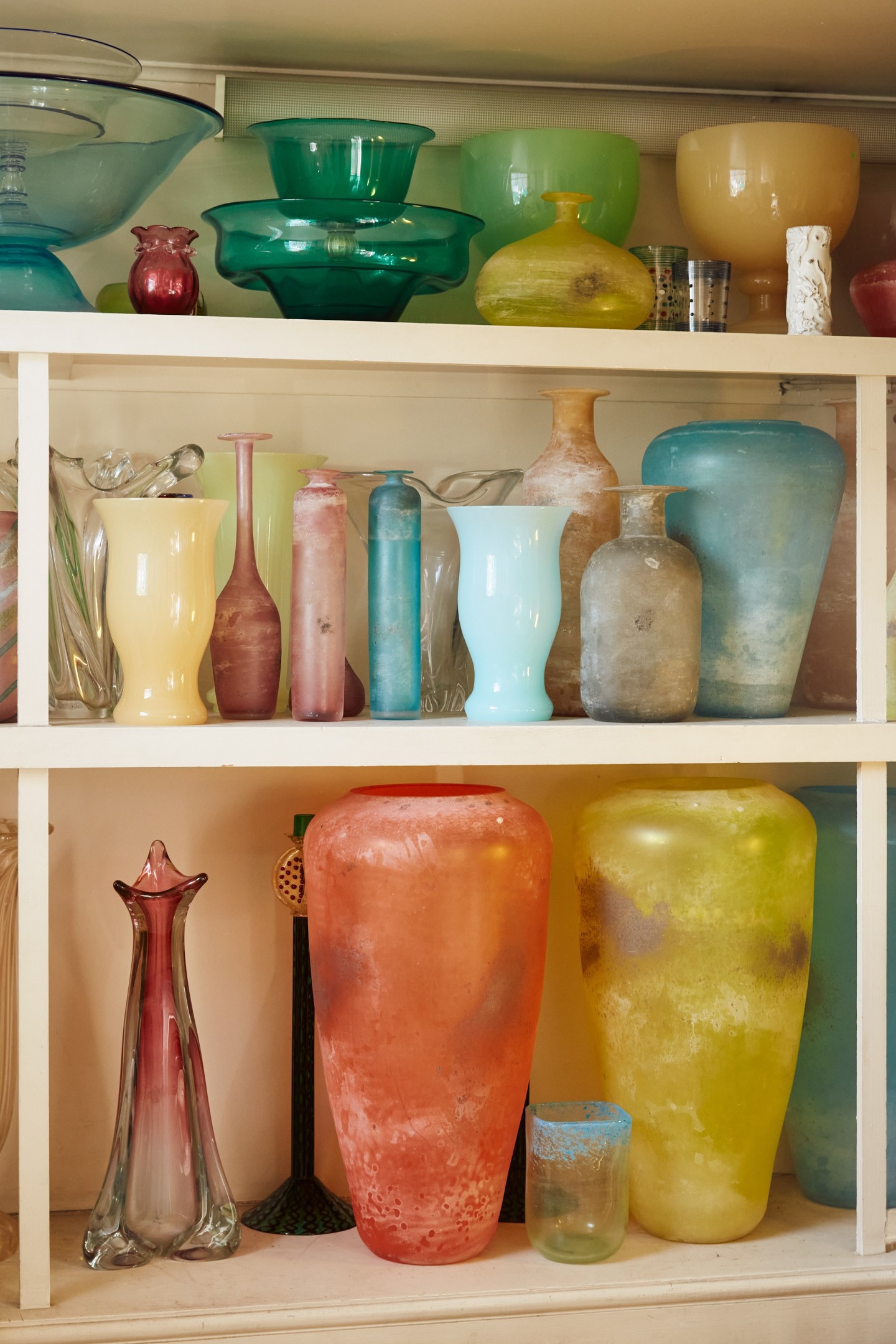
Roula Khalaf, Editor of the FT, selects her favourite stories in this weekly newsletter.
The cupboard under the stairs is typically a depository for shoes, coats and bags. In the Boglione family home (a 1680s hunting lodge in Richmond that backs onto Petersham Nurseries), it’s where they keep shelf upon shelf of precious Murano glass. Rows of waist-height pastel candlestick holders, candy-coloured urn-shaped vases and vessels with delicately arching necks sit regiment-like, waiting for an outing at a society party (Savannah Miller’s recent wedding, for example) or a casual family dinner (“We tuck them into the middle of the table away from the children,” says matriarch Gael Boglione). Such is the family obsession with the glass that this is just a small shard of the collection.
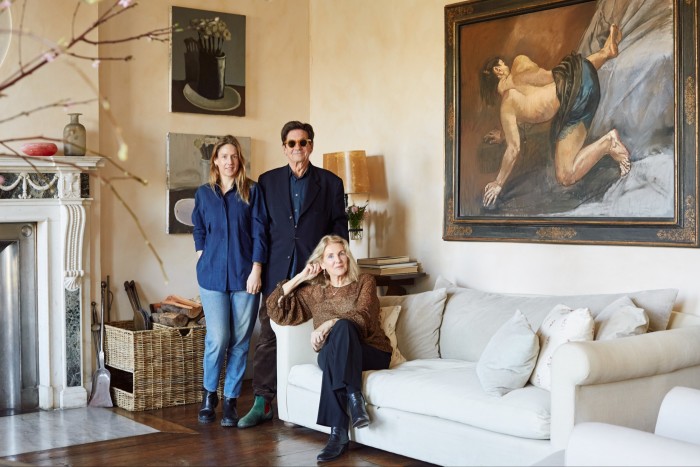
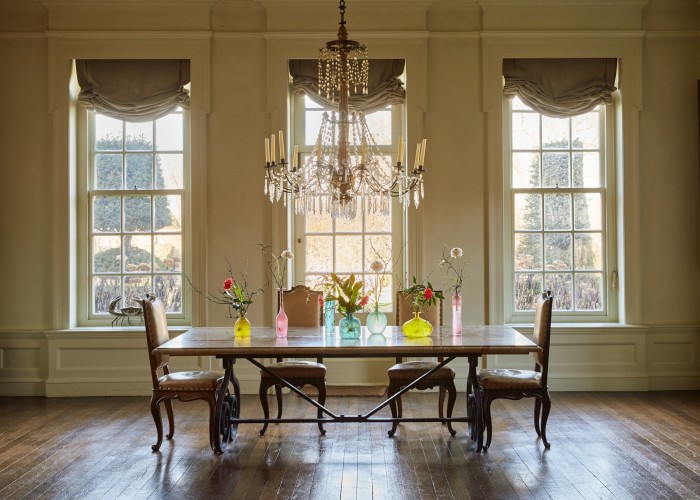
Petersham House was bought in 1997 by Francesco Boglione, an Italian entrepreneur, his Australian wife Gael and their four children. When the nursery at the end of the garden came up for sale in 2000, they bought it – reinventing and upscaling it before reopening it in 2004 with the addition of a restaurant and a shop selling furniture, antiques and gifts. Its distinct boho-chic style was inspired by the curios that Francesco had sent back from India – a style that now extends across two restaurants and a deli in Covent Garden. In the private house, the family’s extensive art collection includes an Antony Gormley and works by Gary Hume, Paula Rego and Damien Hirst.
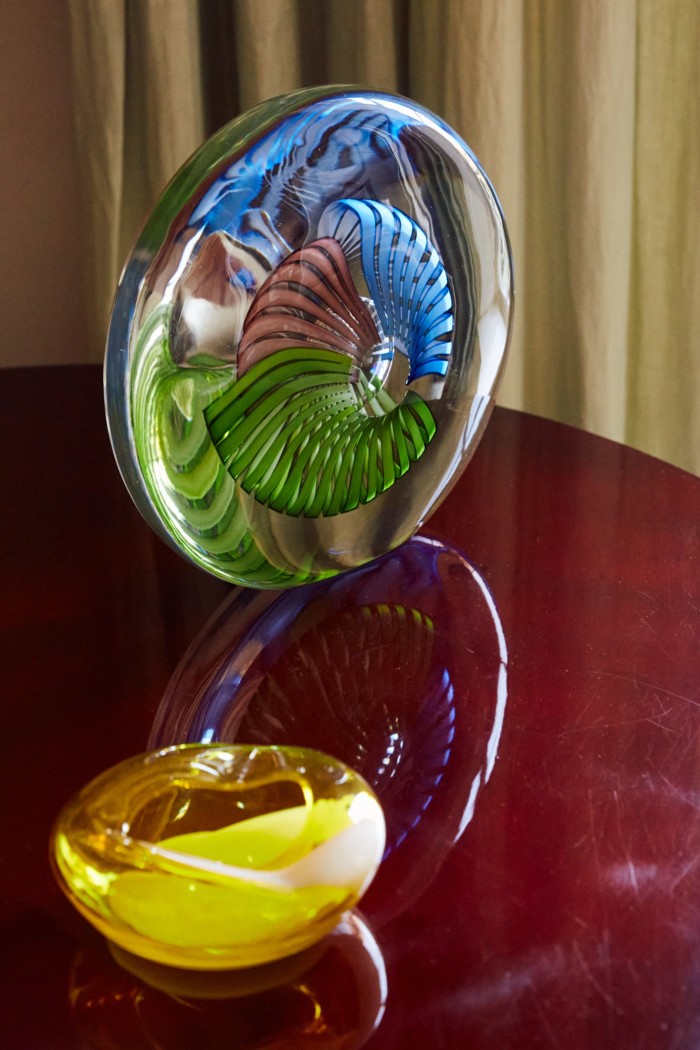
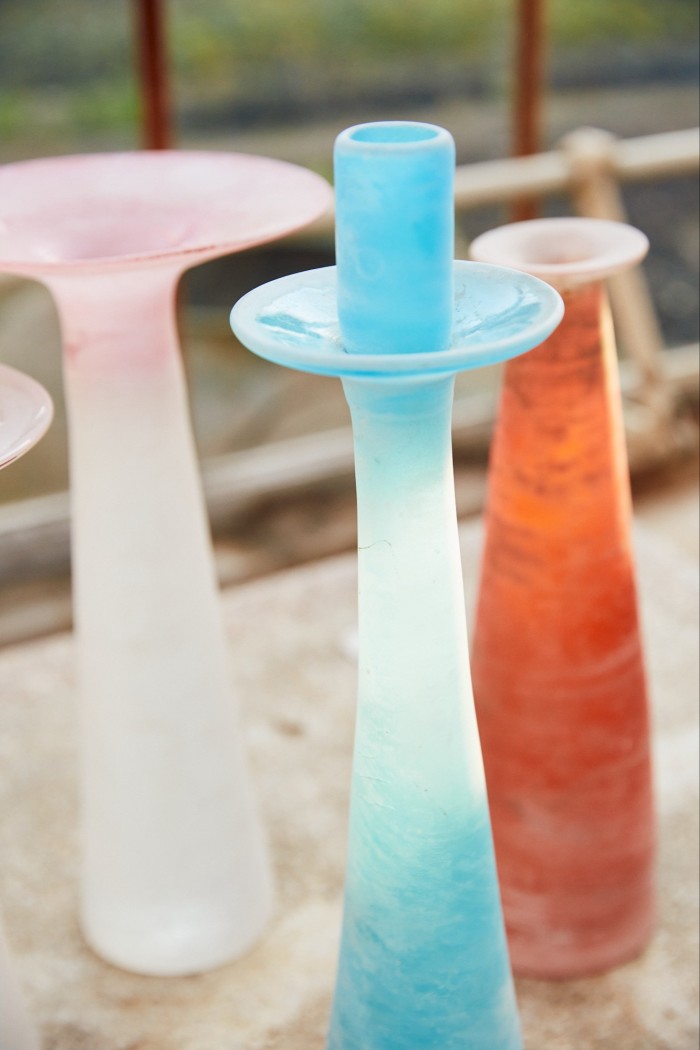
But it’s the mass of Murano that’s most eye-catching. All around the house are pops of colourful glass: tiny bud vases dotted on the table in the ’20s ballroom, huge vases filled with magnolia branches on antique stone tables in the sitting room, and even a glass-filled cabinet in the nurseries’ kitchen greenhouse. As light streams through a pane above, it catches an orange vase, setting it aglow. “The beauty of it is just astounding, isn’t it?” says Gael.
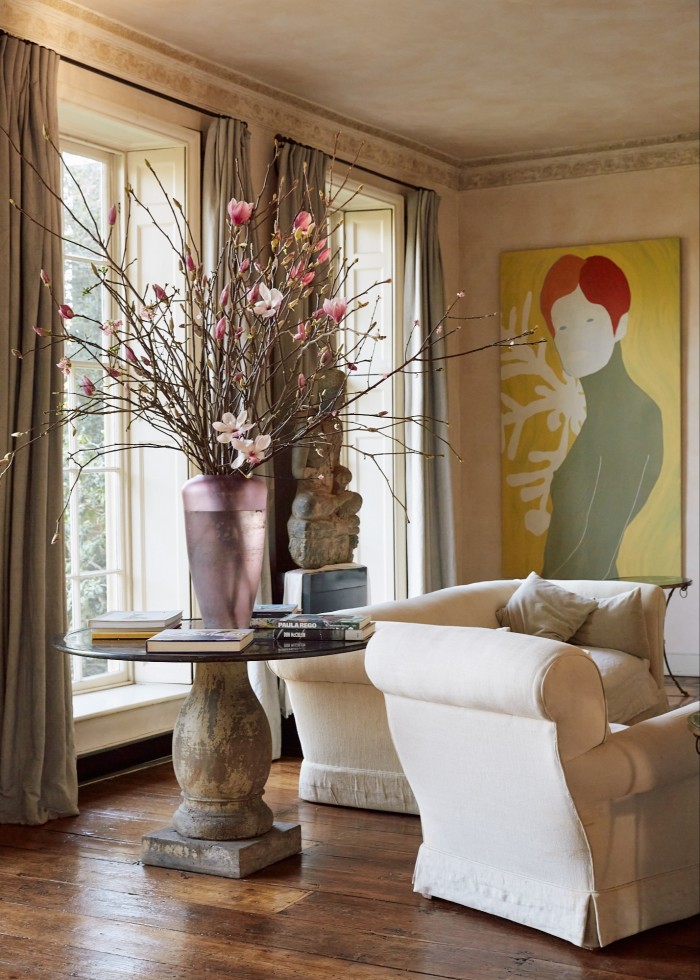
While the collection is constantly in use – “I am a big believer in not saving things for best,” says Gael – it seems you can have too much of a good thing. And so, from this month, they are selling seasonal edits of the personal collection, beginning with bold yellow single-stem vases, crackle vessels, small bowls, wide dishes and sculptured “handkerchief” vases (£125 to £4,500). “We want to send them out, onto other people’s tables, and spread their beauty,” she says.
The family interest in glass began with Francesco’s grandmother. He remembers her taking him on trips to the island of Murano from their hometown of Turin as a teenager – but confesses that he initially had no special interest in the craft. It was only in 2008, when he visited the island with daughter Lara, that things changed.
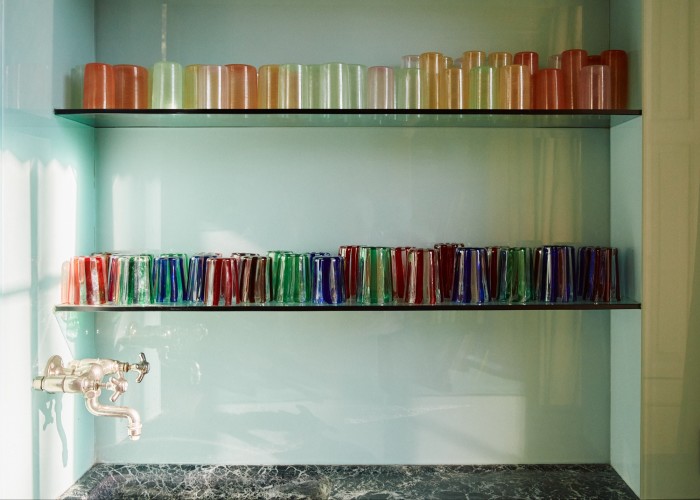
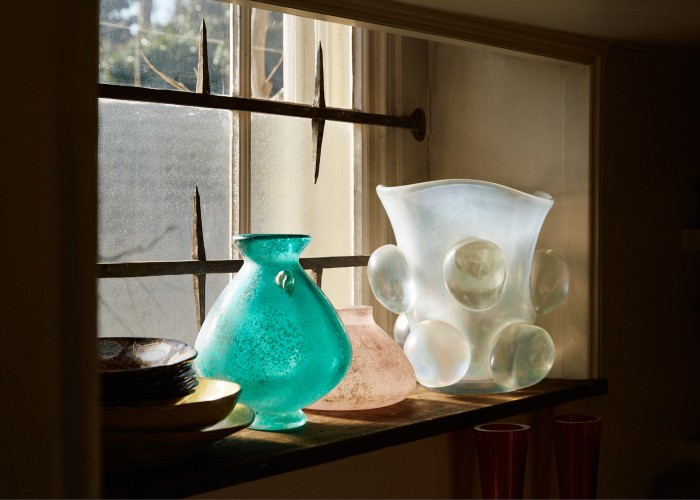
The pair were initially hassled by sellers trying to charge thousands of euros for “tourist rubbish”, says Francesco. But they spotted a boat with half-opened boxes of colourful glass travelling down a canal. “We chased after it, under bridges, until we caught up with it outside an old warehouse. Inside were thousands of pieces, just stacked on shelves, covered with dust. They were abandoned pieces of art,” he says. Over four trips, they bought hundreds of pieces – from wine glasses and tiny bud vases to giant urns and fabulously intricate paperweights. “No one wanted this stuff at the time; I was buying it by weight,” Francesco says.
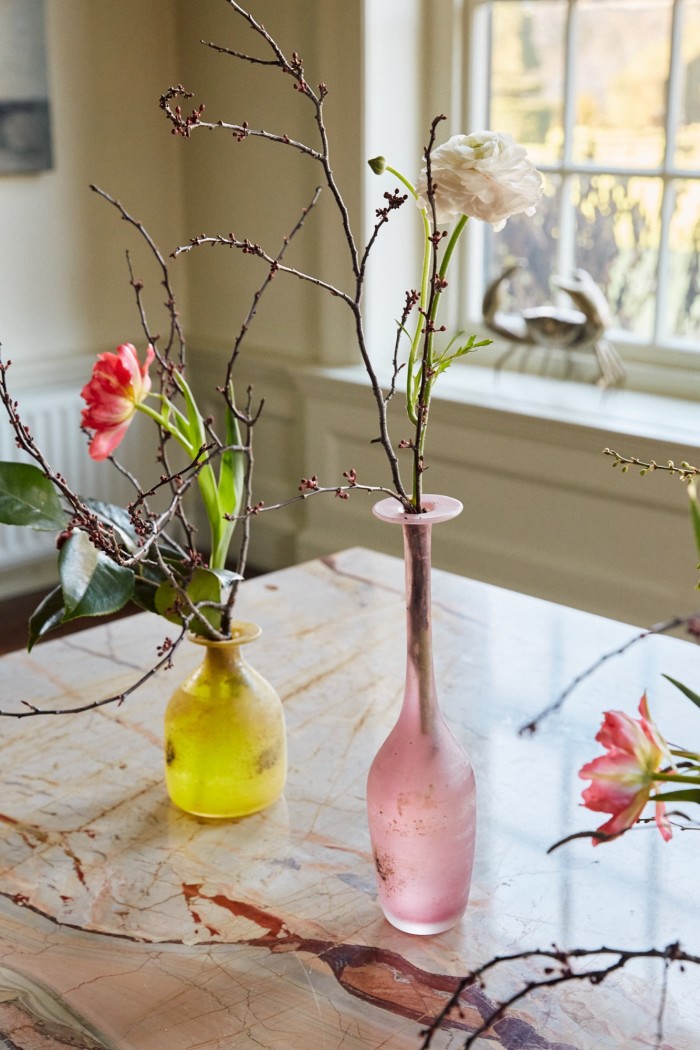
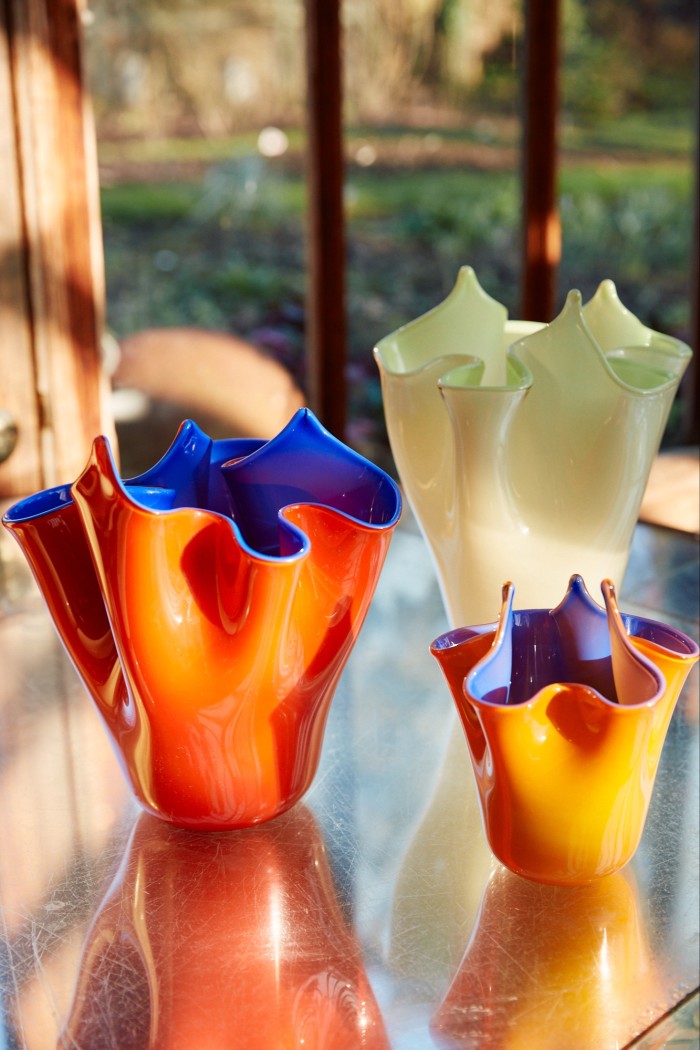
While centuries of Venetian glassblowers have created myriad styles, the family collection centres around scavo, so called because the finish of the glass looks cloudy and dusty, “like it has been excavated”, Francesco explains. The technique originated at the start of the 20th century, according to Luciano Gambaro, president of the Consorzio Promovetro Murano, an association that co-promotes Venice Glass Week. “The scavo technique is made by sprinkling the piece with a mixture of coarse salt and other minerals. The glass piece is warmed so that the mixture takes root, and then, using a brush and water, the maestro removes the excess mixture.”
The most collectable scavo pieces include those by Alfredo Barbini, Archimede Seguso and Gino Cenedese. The latter features heavily in the Bogliones’ collection, along with Sergio Rossi vases, Goti drinking vessels, and a mix of ’60s vintage pieces.
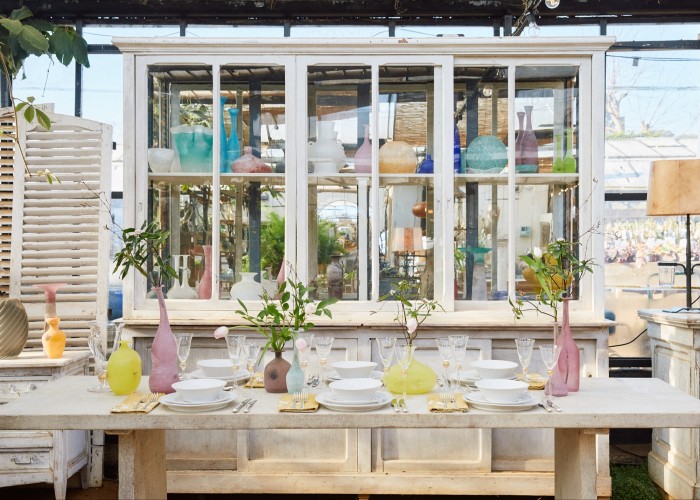
Lara, who was appointed Petersham’s managing director in 2011, and has been responsible for overseeing the launches of Petersham Nurseries Covent Garden and Petersham Cellar, says that return visits to Murano have felt sad at times: “In the years after Papa and I first went, so many factories closed down. Some techniques are in danger of being totally lost, because no one uses them now.” Scavo in particular is controversial because it traditionally used arsenic (now banned) to get the mottled, dusty effect, and although there are still a few on the island who make bespoke scavo pieces, it’s becoming very rare.
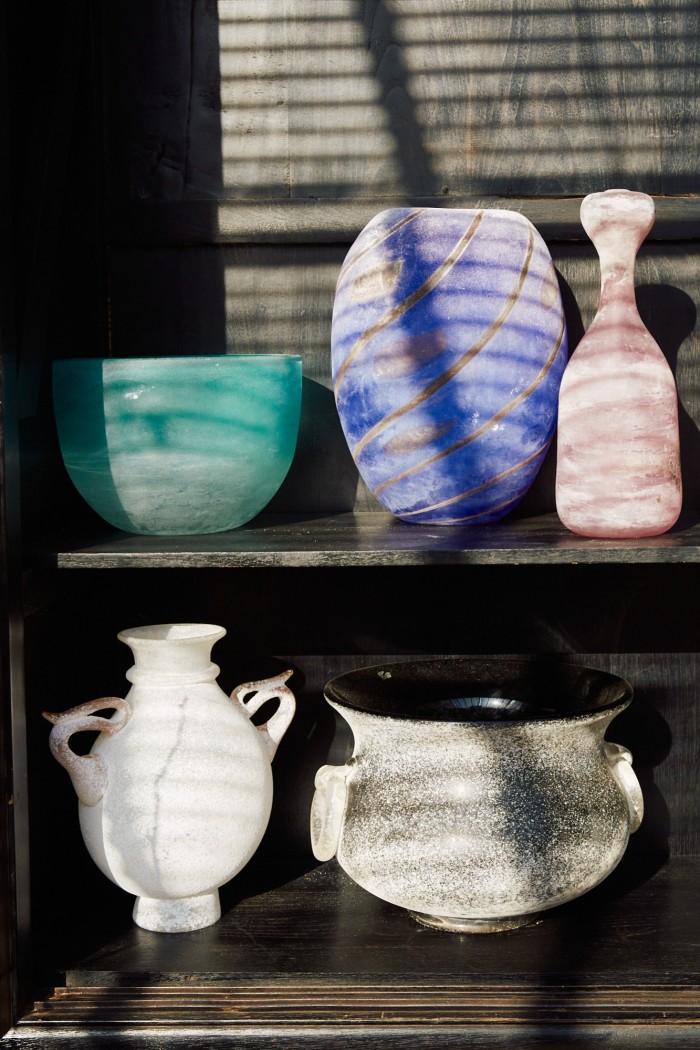
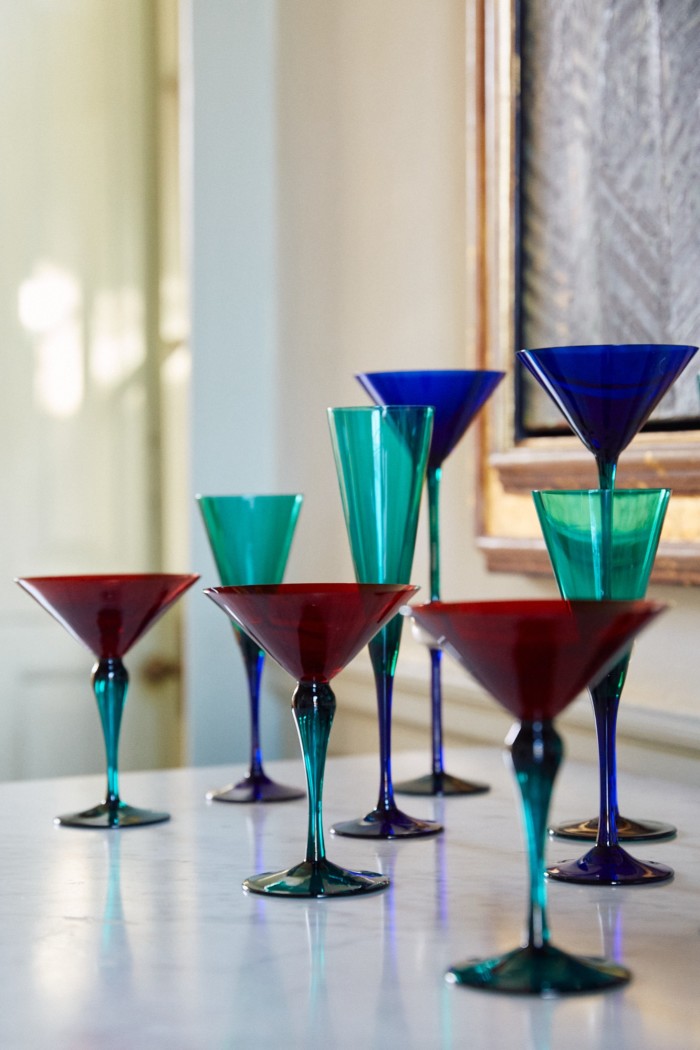
Recently there has been a resurgence of interest. MatchesFashion’s range of Murano wine glasses by Milanese brand La DoubleJ sold out last season; and Net-a-Porter, which stocks Murano glassware from Emporio Sireneuse, reports a 73 per cent increase in searches during the past six months. The online vintage marketplace Vinterior has reported a similar spike in interest, with Murano ashtrays particularly sought after.
“Murano glass is timeless and therefore always modern,” says designer Charlotte Rey of Campbell-Rey, which creates its own range of Murano glassware. She displays her vintage pieces “on top of the books on my coffee table, or down my dining table – happily mixing periods, colours and shapes to create an exciting juxtaposition between old and new”. The joy of Murano, for her, is that “each piece has a beautiful life and history [as well as an] elegant shape and often stunning colour”.
Gael agrees, suggesting the most attractive way to style the pieces is not to worry about matching, but rather embrace the riot of colours and pair with a white antique linen napkin. “Because who doesn’t want these exquisite pieces of art on their tabletops?”

Comments